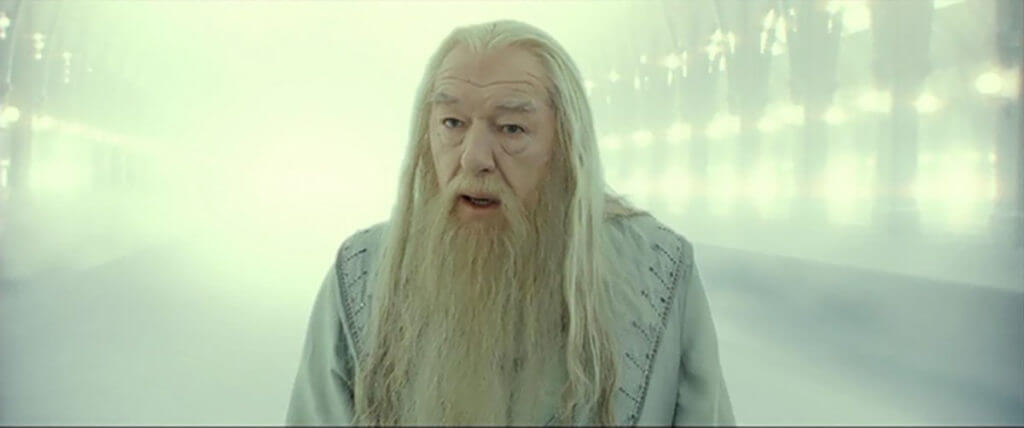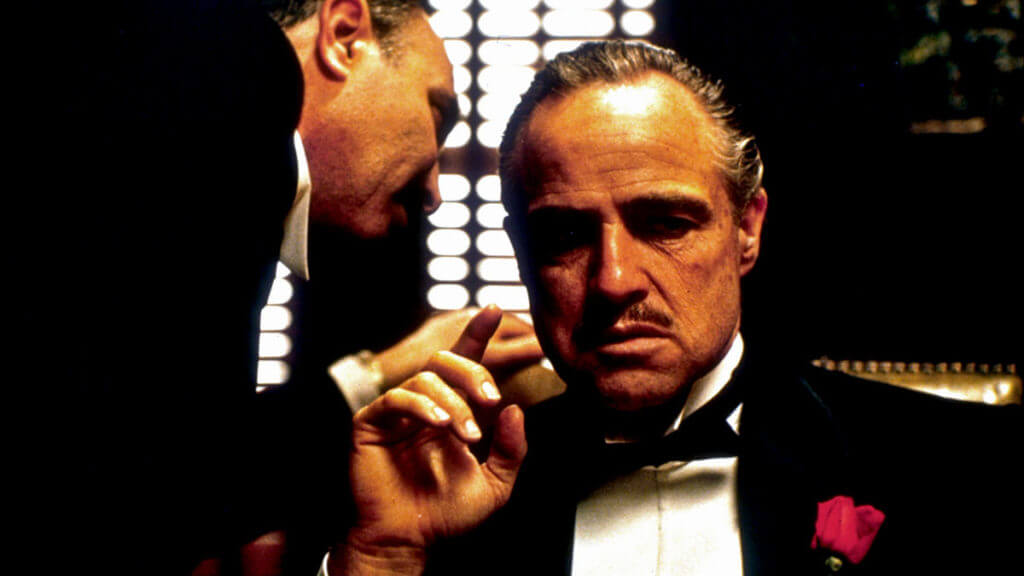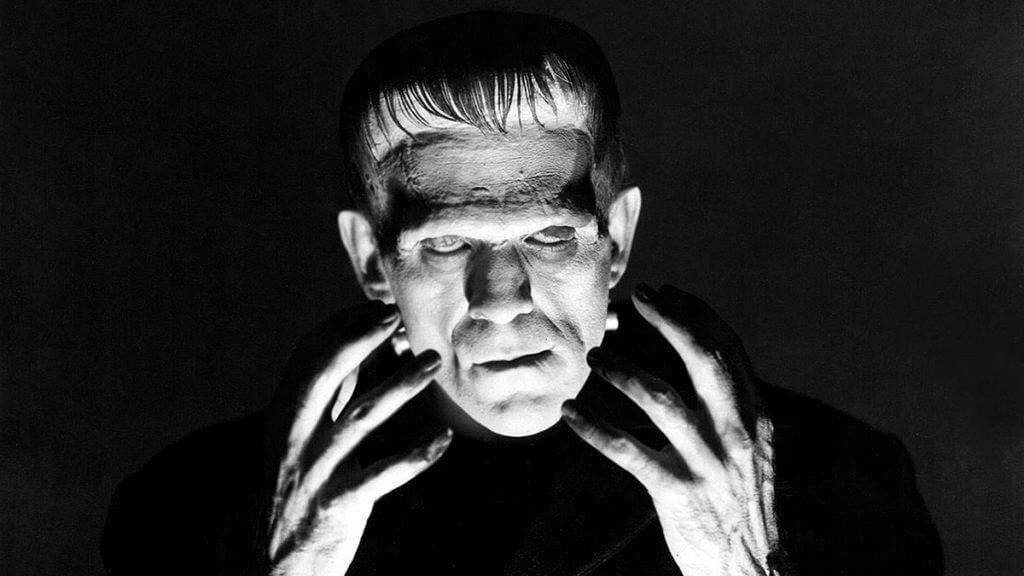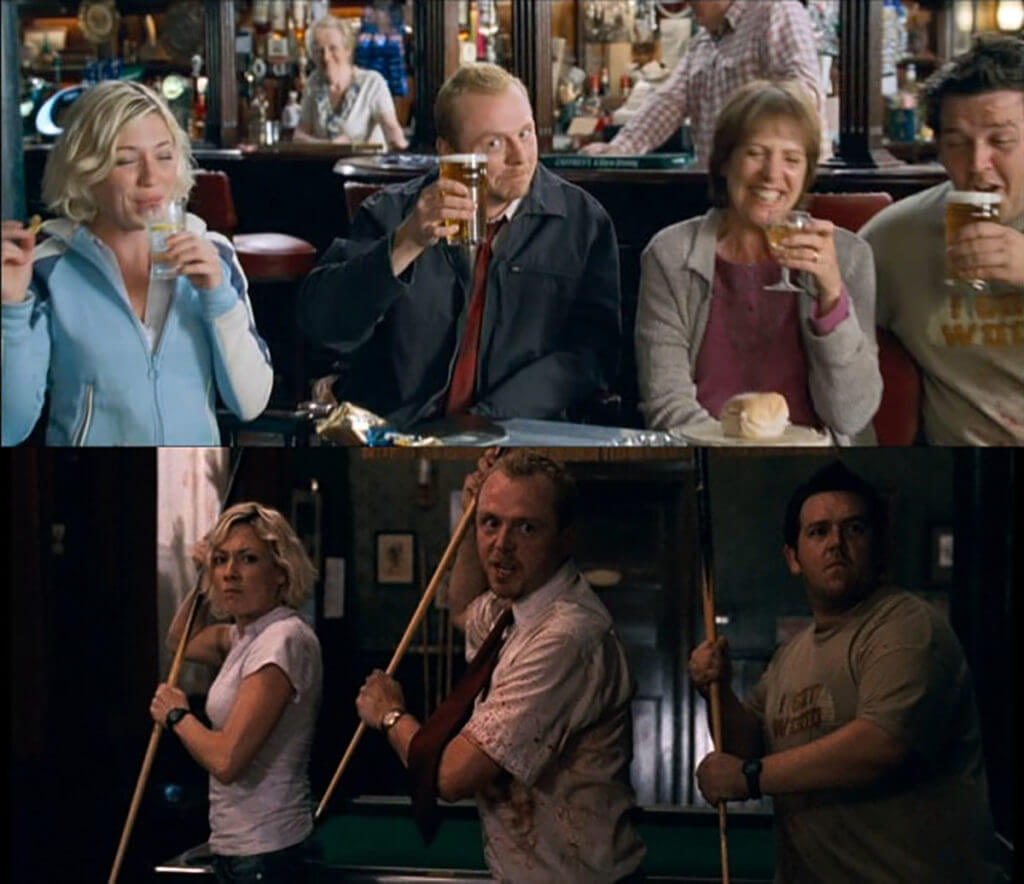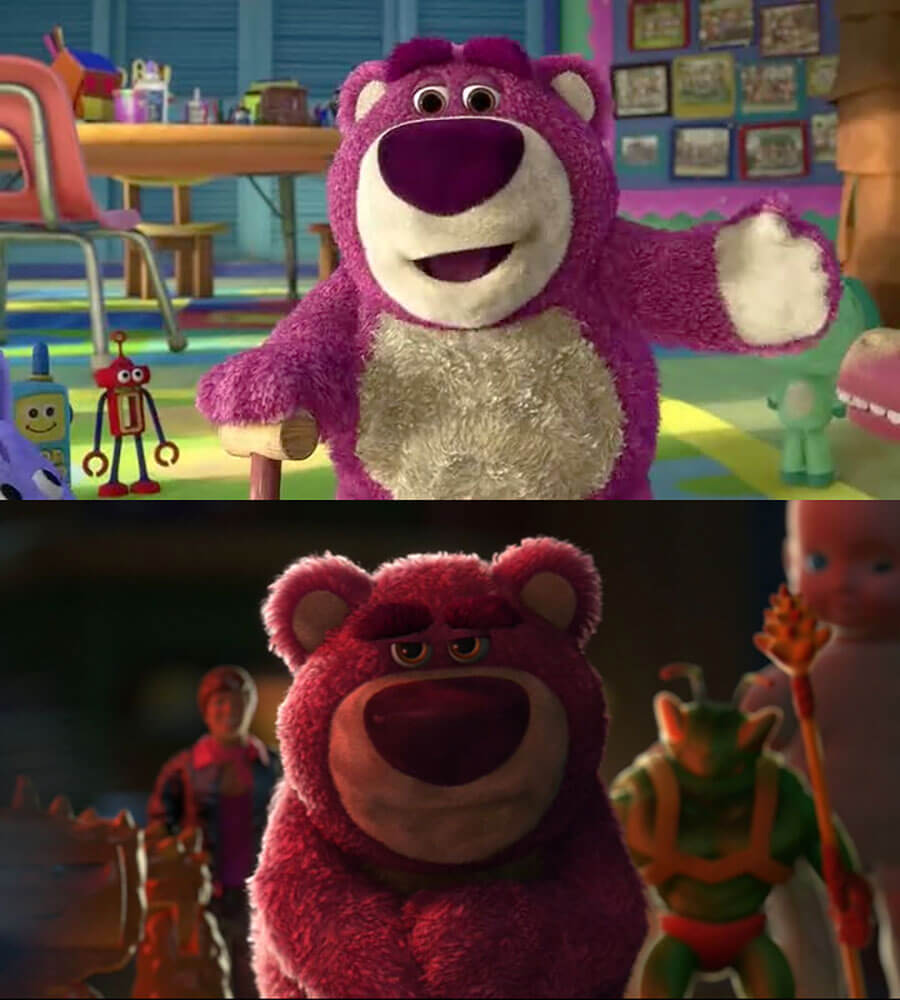Ever wonder why a family-friendly movie feels so different than an action film? It isn’t just the story and characters: music and lighting have a lot to do with it. How you light something, the colors you use, the light levels, and what you choose to show all has a huge impact on how a movie feels to you.
One of the major goals of lighting is to establish a Mood for the scene. There are many ways to affect the mood of a scene, including the music and timing. However, this post specifically focuses on using lighting to control a scene’s Visual Tension, Color, and Revelation of Elements to evoke emotion. The tools available to a lighting artist include Contrast, Obscuring Elements, Unexpected Elements, Shadow play, and Color… lots and lots of color. So much color I am going to save it for it’s own blog posts (that’s right, plural).
Tension
For starters, Visual Tension is about how balanced, unifying, chaotic, or unbalanced an image is visually. Does your eye move around a lot? Do the colors clash? Is the image disturbing or pleasing? Does it fill you with energy or make you tired? This is an important subtlety films use to direction influence your emotional tension. Action scenes have more dramatic visuals with greater tension. Romantic rendezvous will have calmer visuals and less tension. There are many ways to create visual tension, including composition, leading lines, isolated elements, geometry, and light and shadow. But for me, one of the most effective ways to do this is through Contrast.
But what is contrast? It isn’t just the difference between the lightest and darkest parts of an image. It is all about opposing elements, be it color, value (how bright and dark something is), form, or anything else. High contrast images typically have extreme values, such as very dark blacks and very bright whites. In this shot from Citizen Kane, the eye is drawn to the brightest objects in the room through the angle of the light on the dark background, but also through the contrast between the safe and the document versus the background and the figures.
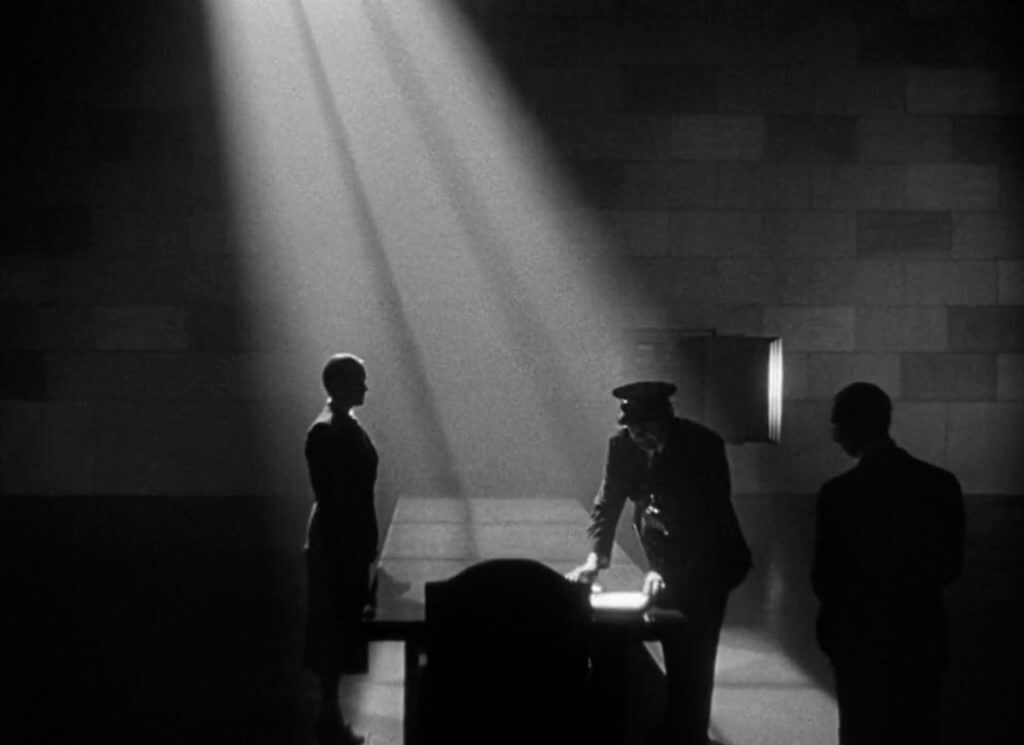
High contrast images are used to add drama and interest to a scene. Just look at any Film Noir picture. You will see high contrast used not just for aesthetics, but also to drive the story and the emotions. In addition to contrast, one must consider the Brightness of an image. In terms of brightness, High-Key Lighting has brighter imagery throughout, and Low-Key Lighting has darker visuals. This scene from Harry Potter and the Deathly Hallows Part 2 shows a low contrast high key shot, where there is a calm in the middle of a stressful moment of the film.
The main difference between High-Key and Low-Key is that High-Key will have more whites, often being blown out and overexposed, while Low-Key will have more blacks and tend to be underexposed. High-key shots have a more light-hearted air to them, while low-key shots tend to have more tension and weight.
Obscured and Unusual Elements
Many films will take advantage of light to reveal and hide objects as well. Why show the villain, when he can be hidden in a shadow? This is often used to add an air of mystery of a character, or to hide the identity of a figure for story-telling or emotional purposes. Often the hooded figure has his face obscured, and is only revealed later who they actually are. Or perhaps you only see a person light from behind, revealing only their silhouette, so you never see their face. In The Godfather, Marlon Brando was deliberately lit from directly above in all of his shots, allowing the director of photography to hide the character’s eyes from view, giving him a sense of mystery, uncertainty, and danger. We can never really tell what he is thinking.
Film Noir is another prime example of this. What you don’t light is just as important as what you do. Film Noir uses shadow as much, if not more, to set the mood of a film. While such lighting is very effective, sometimes lighting something in an unexpected or unusual way has a specific mood and can enhance tension as well. While Marlon’s character has his fact light from directly above, other villainous character will have light coming from a very unusual source, below. Since most natural light occurs from the sun, moon, and stars, we expect light to come from above, but by “underlighting” a character, you angle a light upwards and light them from below. These unexpected angles of light elicit create an uneasy feeling, and are often used to light evil characters, such as Frankenstein’s Monster.
Similarly, unexpected lights or unusual lights can include blinking or flashing lights, such as a warning light or a police light. Lighting with strong shapes in the shadows, such as shadows cast by blinds, or unusual color in the light or shadow can also be used to good effect.
Ambience, Character, Action!
Much of my background in lighting comes from my time taking and editing photographs. But unlike photographs, film (tv and video, too) have another entire dimension to it: time. Because film has the element of time, it can change over time. As such, a film will have many different moods throughout it, and the lighting can change to reflect those moods, but also Action. In fact, any change in the flow or action has the potential to change the lighting. Does the mood change in the story? Than so should the lighting. Without these changes, the film will likely feel dull and boring.
The most intriguing aspect of this is that you are lighting for the environment, and yet also the story. I call this the Ambience, where you have to combine the physical environment’s lighting and the storytelling aspects. In other words, you have to incorporate the mood of the film into the physicality of the locations. That means the restaurant has to look funny and lighthearted in one scene, but serious and thrilling in another. Same environment, different mood. And that is where a lot of the artistic effort in lighting comes in. In this first shot from Shaun of the Dead, the bar The Winchester is enjoyed by the characters in an idealized pleasant scene. Conversely, the following shot uses much more contrasty, darker and red tones when they are under attack by zombies.
In addition to the ambience, you also have to light for Characters. Different character types typically get different lighting, and some individual characters get unique lighting as well, as we saw with The Godfather. You must light young men differently than old men, and you must light men differently than women. Villains get their own lighting, while heroes get theirs. This may be consistent throughout the film, or may change as the character develops.
These changes can all happen with practical lights in the scene, or with weather or time of day changes, or may just be forced changes the director of photography decides to make without any explanation except to further the mood and setting. These changes can take effect in a matter of seconds, or can slowly change throughout the entire film. The character Lotso from Toy Story 3 is a great example. He starts off as a kind, welcoming character lit with bright, soft lighting that is welcoming to the characters. However, by the time he reveals his true nature, his lighting has changed to a more sinister, darker look with a ton of stark contrast that’s largely unsettling.
Cut the Lights!
As you can see, lighting has a very strong influence on the way we feel about a film, affecting the mood and thus our emotions. With a variety of tools and techniques at our disposal, a good lighting artist, for both real world and digital, has an important task of manipulating your feelings in a subtle and sometimes almost imperceivable way, in order to evoke the intended emotion the director wants.
This post is another in my continuing series on lighting. The information presented here comes from a combination of 2 sources. First, my experience as an artist, photographer, photo editor, and animator. Second, from my color theory and lighting classes at SCAD (Savannah College of Art and Design). If you want to learn more about this topic and many more, I highly recommend you check out the book Illuminated Pixels by Virginia Bowman Wissler (Virginia Bowman).
